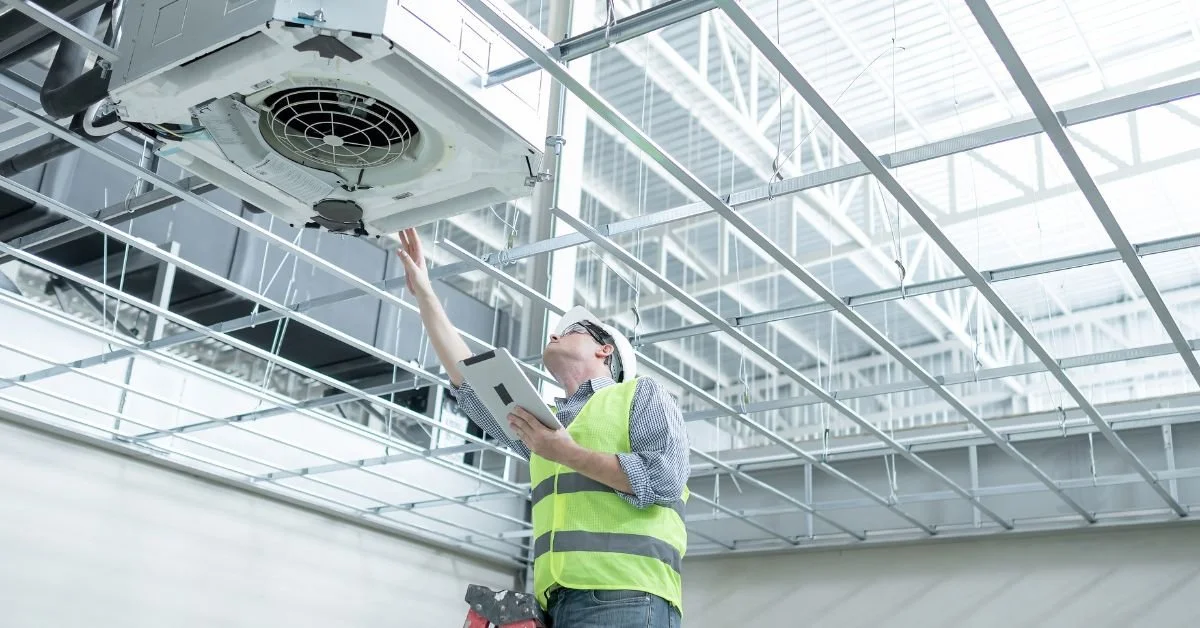What Gear Does a Motocross Rider Wear?
Motocross is a popular motorcycle sport in the United States. The race takes place on an artificial track that is made of dirt and mud. The track features all kinds of obstacles, such as hairpin turns, wet/muddy areas, and steep slopes. Motocross racing takes place at high speeds and the track is narrow, making it difficult for the racers to turn.
Because of the high impact of the sport, the chance of being involved in a crash during the race is high. For that reason, racers must wear special, high-quality gear to protect themselves from harm.
Keep on reading to find out what motocross riders wear and how their gear protects them.
A Snug Fitting Helmet
The helmet is maybe the most important part of their gear–motocross racers wear a full-face helmet to protect them from injuries on their head or neck. The helmet must be of good quality because a bad helmet can crack and won’t protect the user. It is therefore important to invest in a good full-face helmet. Most motocross racers buy motorcycle helmets that have a protective peak or visor on top. This peak protects their vision by shading the face from the sun and by protecting the helmet from falling sand or splashing mud.
It is imperative that the helmet has a snug fit. If the helmet wobbles around, there is room for it to move and dislocate, making the wearer more vulnerable to injury. Another important feature is good ventilation. Ventilation makes sure that the head can be kept cool, protecting the racer from overheating.
Polarized goggles
Some motocross racers choose to not wear a full-face helmet. In this case, they will opt for goggles. Goggles protect the uncovered part of the face. They come with an elastic strap that needs to be strapped tightly around the helmet.
While racing, lots of mud will splash around. For this reason, motocross riders carry a tear-off or roll-off with them. This device can be used to quickly clean dirt off the goggles. Some goggles have an integrated roll-off system. Some goggles are polarized to protect the user from bright sunlight.
Well-fitted MX gloves
Another important part of the gear are the MX gloves. These motocross gloves are made especially for the features of the sport. Most motocross gloves are made of textiles. Textiles provide better ventilation than leather. Because textile is less protective than leather, the gloves usually consist of multiple layers. The knuckles have protective patches, mostly made of Kevlar.
Motocross gloves should not be too tight and certainly not too loose. Loose gloves can cause friction, which might cause blistering of the hands. To prevent friction, motocross riders sometimes wear thin palm protectors under their gloves. Being able to flex and move your hands is essential and should be tested before purchasing the gloves.
Strong boots
Boots that are at least ankle-high are a must for protecting your legs. Strong boots can prevent the ankle from twisting and hypertension and protect the leg during a crash. Most boots are enforced with protective patches. This will come in handy in the case that another bike lands on the racer's ankles or if the racer lands on his feet.
Just like the helmet and gloves, the boots cannot be too big or too loose, as this will limit movement and protection.











